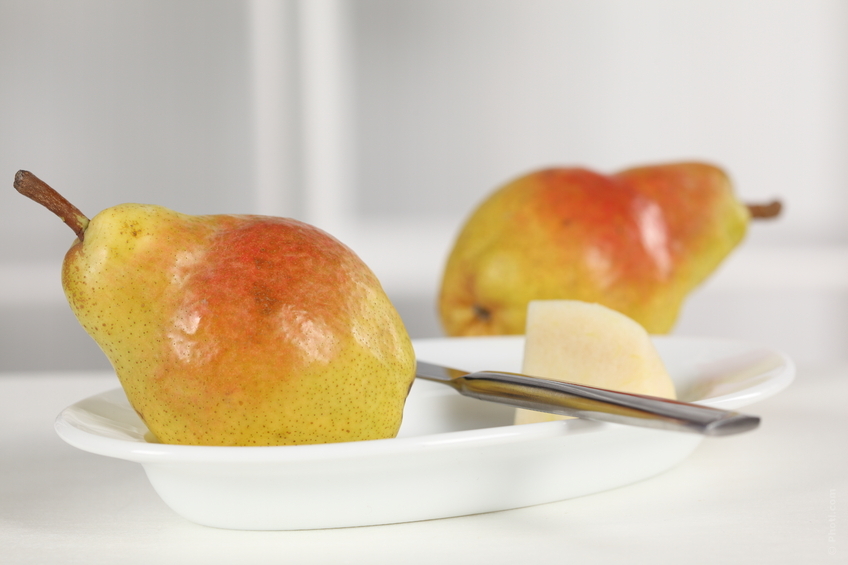Winter Produce offers variety flavor and nutrition
While many types of fresh fruits and vegetables are out of season during winter time, there are some very nutritious choices including winter squash, pears, apples, navel oranges, sweet potatoes, sweet bell peppers and grapefruit.
Wondering about winter squash? There are several types: butternut, Hubbard, turban, acorn and banana – and any of these can be used in recipes calling for winter squash. Winter squashes can be a tasty and filling treat, are great in casseroles, pies, soups, or mixed with grains and beans and are actually more nutritious than most summer squashes. One serving (~ ½ squash or 1 cup cubed) packs 6 grams of dietary fiber and is a good source of potassium, vitamin C, folate, magnesium, iron and calcium. Butternut and acorn squashes are members of the yellow-orange family of fruits and vegetables which means that they are abundant in the antioxidant beta-carotene, which is a precursor to vitamin A and may aid in prevention of certain types of cancer and macular degeneration. Try this sample recipe:
Sweet Buttered Squash
1½ pounds yellow squash, sliced thin (peeling optional)
1 small sweet onion, sliced thin and halved
1 medium green bell pepper, sliced in slender strips
1 TB brown sugar
1 – ½-oz packet of butter sprinkles
¼ tsp fresh cracked black pepper
Place onion, green pepper and squash in pan and cover. Cook over medium heat, stirring frequently. When squash begins to get tender, add brown sugar, butter flakes, and black pepper. Cook until desired tenderness is obtained. Serve immediately. Note: Do not add any salt until you have tasted the squash. Serves 6.
Nutritional facts per serving:
44 calories
< 1 g fat
10 g carbohydrate
3 g dietary fiber
0 mg cholesterol
349 mg sodium









